Historically, women have had a tough time getting rich.
Everything from male primogeniture rules to laws preventing women from holding property have limited the number of female tycoons through the ages. The few that did amass large fortunes typically inherited them from men in their family. “Women with huge personal wealth are a modern phenomenon,” says Walter Scheidel, a professor of ancient history at Stanford University.
Which is why, when MONEY compiled a ranking of the 10 richest people in history last year, the list featured only men. That ranking was challenging in its own way—comparing the wealth of individuals across different eras and geographies in an apples-to-apples way isn’t easy—so MONEY borrowed a technique developed by the historians and economists at MeasuringWorth, which compares an individual’s wealth to total global economic output at the time.
We have followed the same methodology for this new list, but in addition, we’ve chosen to focus on only those women who went beyond just inheritance and took an active business or political role in managing their fortunes, even if they originally acquired them from fathers or husbands. So you won’t find women like Walmart widow Christy Walton and heiress Alice Walton, who have never had a hand in the day-to-day operations of the company. (The latter, with a net worth of $32.4 billion, tops the list of America’s richest women.)
You also won’t see wealthy royals like English monarchs Victoria and Elizabeth I on the list, or Egyptian queen Nefertiti. While each controlled power and money aplenty, none held a sufficient share of the world’s riches to make the cut. Similarly, in modern times, billionaire business tycoons like Oprah Winfrey and Theranos founder Elizabeth Holmes—with fortunes of $3 billion and $4.5 billion, respectively—aren’t flush enough relative to global GDP to be included. (Historic GDP data comes from the Maddison Project.)
To compile our list, we consulted nearly 30 historians and researched dozens of likely candidates. What follows is a meticulous—if debatable—ranking of the wealthiest women in history.
Read Next: The 10 Richest People of All Time
Additional reporting by Sophia Tewa and Rebecca Sesny
10. Empress Wu
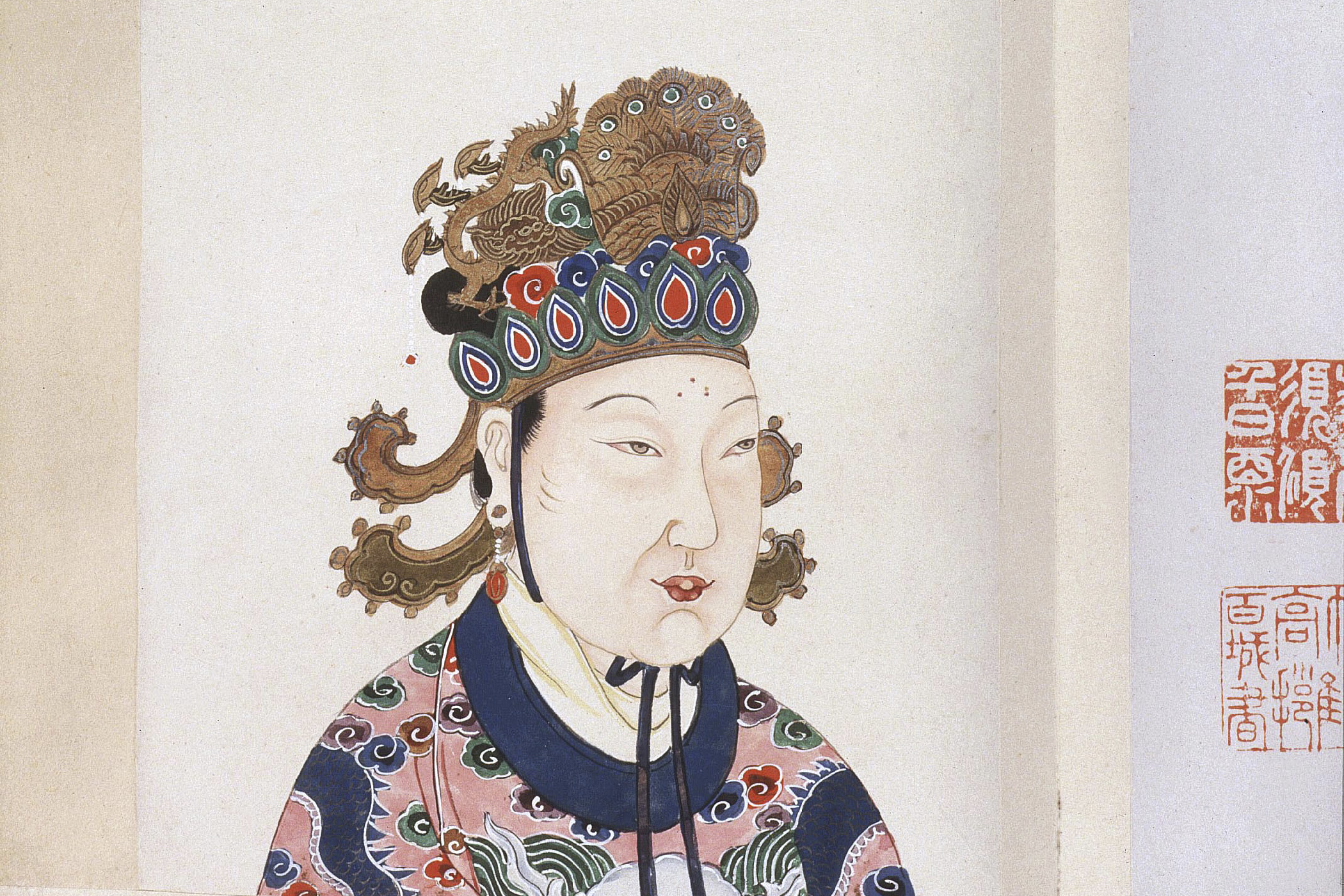
Lived: 624-705 AD
Nation: China
Peak Wealth/Global GDP: 22.7%
You don’t become the richest woman of all time without a little bloodshed. This Chinese empress rose to power as the concubine of two Tang Dynasty emperors, who were father and son. When the son, Emperor Gaozong, gained power, Wu was ruthless in eliminating rivals for his affection. She reportedly killed her own week-old daughter and pinned the crime on one of Gaozong’s main consorts, Empress Wang, who was imprisoned and killed. Once Gaozong died, Wu forced her own sons to abdicate and was named court administrator, a position equivalent to emperor. Her tactics paid off for China’s economy: Under her 15-year reign, the empire expanded its domain far into central Asia, making it one of the largest in the world at the time. National wealth flourished thanks to the trade of tea and silk with western nations along the Silk Road—with more than 300 million units of currency ultimately produced during the Tang Dynasty.
9. Hatshepsut
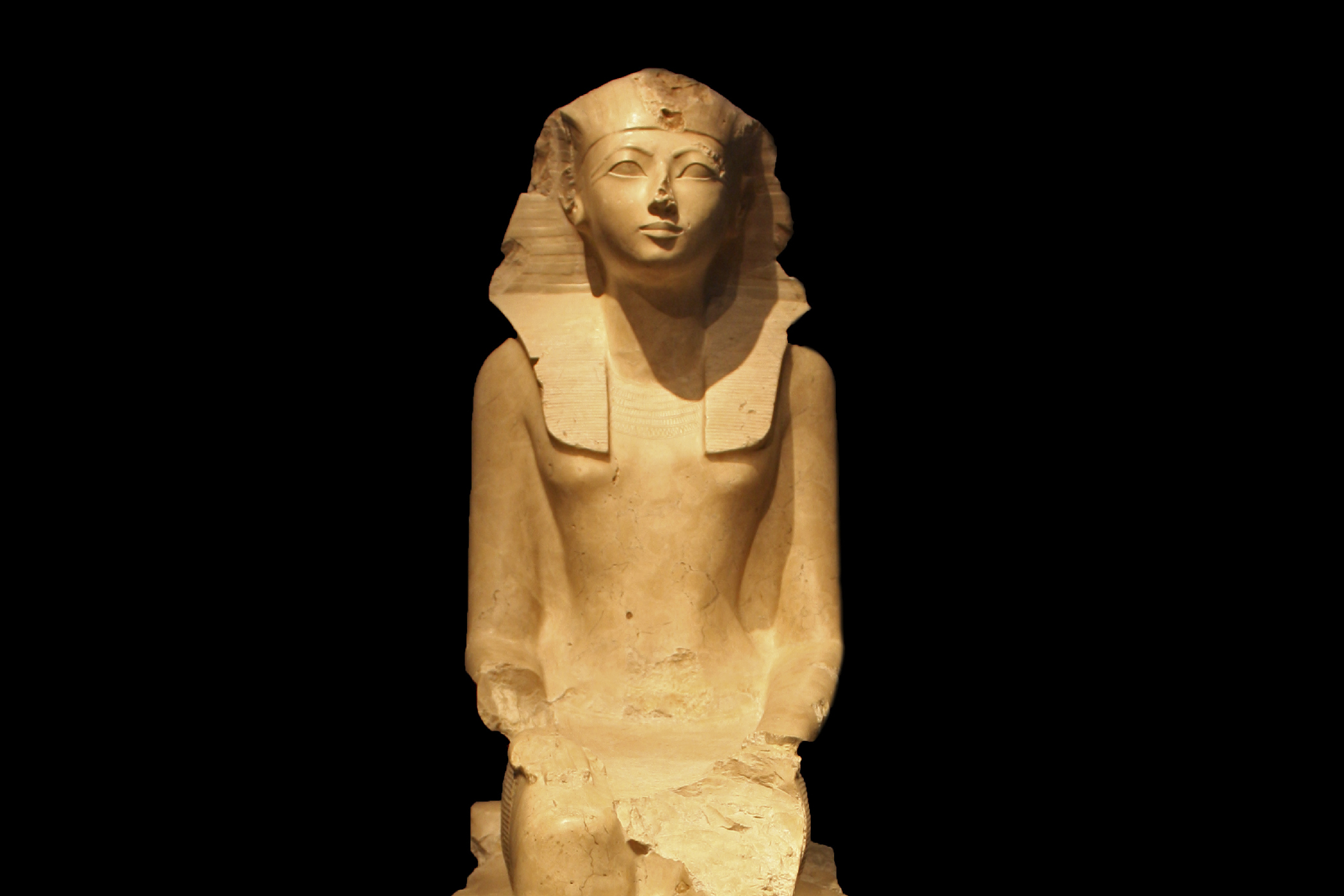
Lived: 1507-1458 BC
Nation: Egypt
Peak Wealth/Global GDP: about 20%
In order to rule as Egypt’s first female pharaoh, Hatshepsut worked hard to convince her subjects that her reign was the will of the gods. And who could blame her: At stake was control of gold mines with an output that would be worth $2 billion today. Indeed, Hatshepsut remains the richest female head of state in Egypt’s history, says Kara Cooney, an Egyptologist at the University of California, Los Angeles. Hatshepsut rose to power after the death of her husband (and half-brother), Thutmose II, and went on to control one of the largest empires in the ancient world, with lands that extended beyond Egypt’s borders into the Middle East. During her two decades of rule, she also exercised control over mines with vast stores of gold, copper, and precious stones.
8. Catherine the Great

Lived: 1729-1796
Nation: Russia
Peak Wealth/Global GDP: 5.4%
Catherine the Great’s moniker may refer not only to her political might but also to her fortune, which today would give her economic power equal to about $1.5 trillion. Catherine’s rule over Russia, historically one of the largest empires in terms of land, gave her control of about 5% of global GDP at the time. Russia’s longest-reigning female also held authority over the Russian Orthodox Church, which controlled about one-third of the empire’s serfs, or indentured servants. Though Catherine began her reign with hopes of liberal reform, such as freeing serfs, she changed her mind after a popular uprising in 1773. While most Russians’ lives did not improve during Catherine’s rule, their labor drove some of the empire’s most ambitious military expeditions and cultural projects.
7. Cleopatra
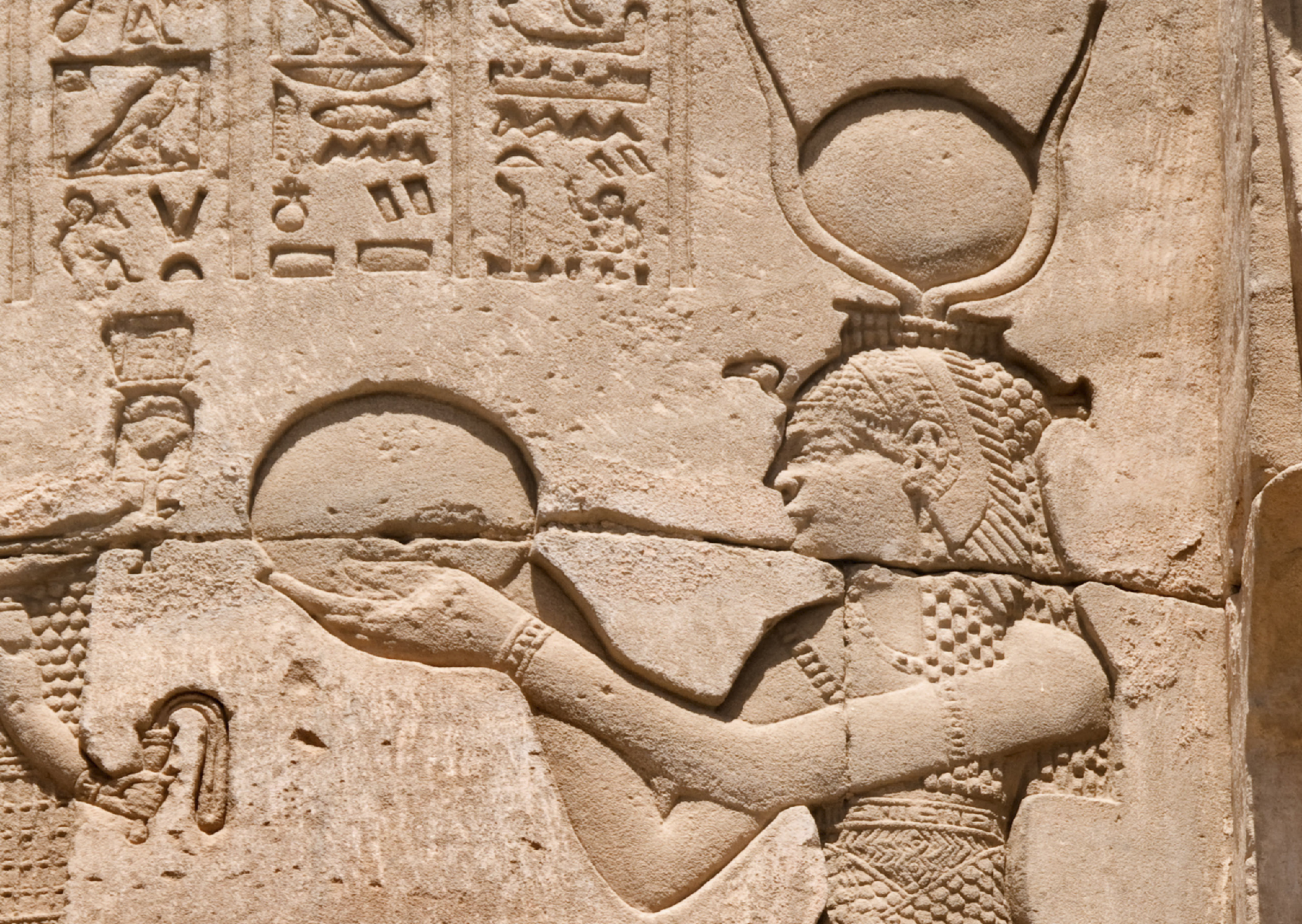
Lived: 69-30 BC
Nation: Egypt
Peak Wealth/Global GDP: about 2.6%
Cleopatra, one of the world’s best-known female rulers, is remembered as much for her wealth as for her skills of political manipulation. As Egypt’s pharaoh, Cleopatra controlled some of the nation’s largest industries at the time, such as wheat, papyrus and unguents, which gave her an approximate annual income of 12,000 to 15,000 Egyptian talents. Her net worth has been estimated as high as $95.8 billion. However, Cleopatra wasn’t always able to afford her life of luxury in her own right: She borrowed heavily from foreign leaders to finance the many wars she waged during her reign.
6. Isabella of Castile
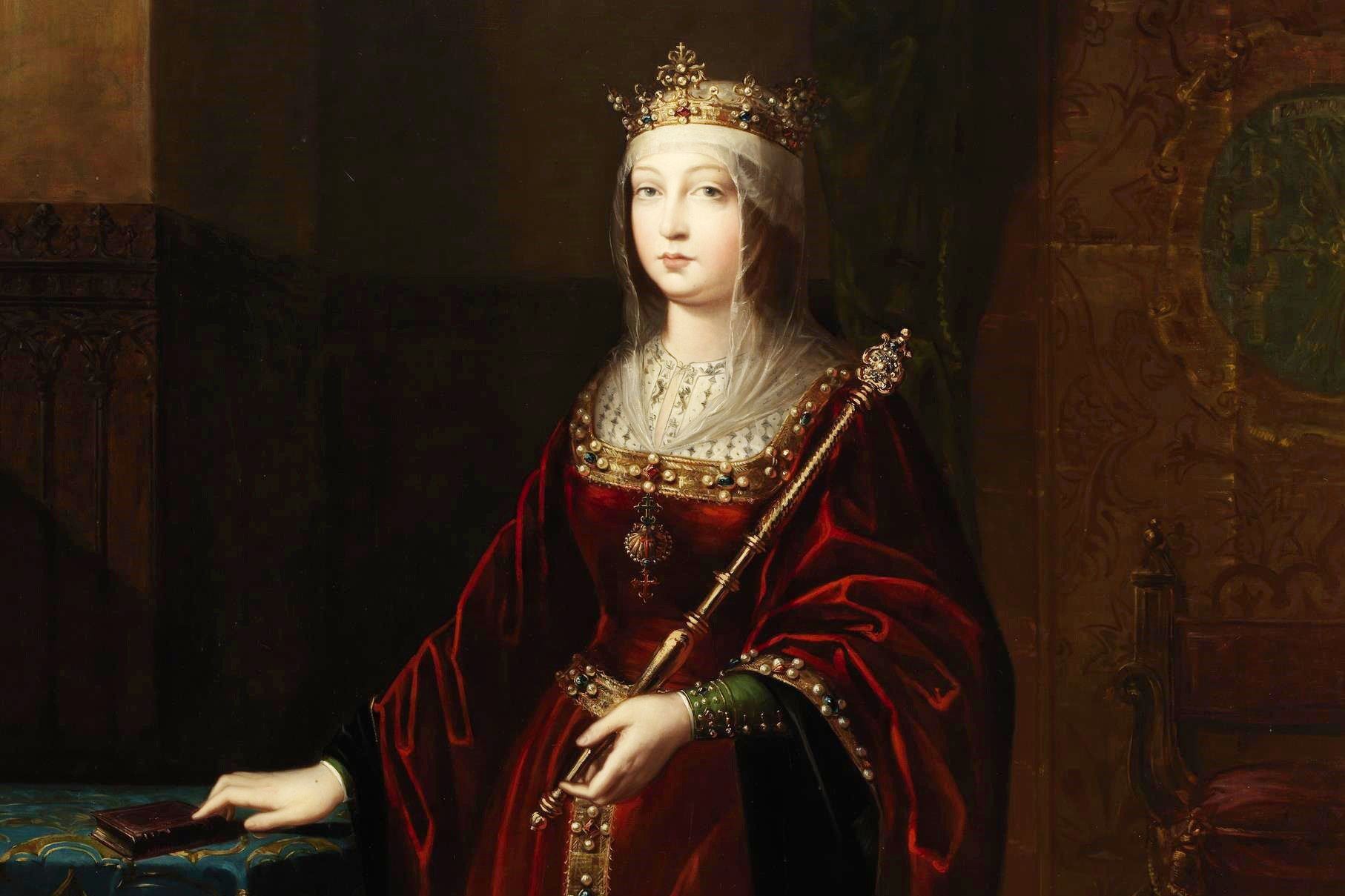
Lived: 1451-1504
Nation: Spain
Peak Wealth/Global GDP: 1%
As one of the richest monarchs in the world, it didn’t seem like things could get much better for Queen Isabel I of Castile—until she consolidated her control over all of Spain by marrying her cousin Ferdinand of Aragon. At the time of her death, Castile’s crown had an annual income of about 1.45 million ducats, the gold coin that served as Spain’s currency. Isabella and Ferdinand stretched their empire to unite Spain as one kingdom, reclaiming the Iberian Peninsula and expanding to vast territories in the New World. She also ruled over Spain during a boom in its wool and textile industries, and personally possessed some of the most valuable jewels and tapestries in the world at the time, says Nancy Marino, a Spanish history professor at Michigan State University.
5. Liliane Bettencourt
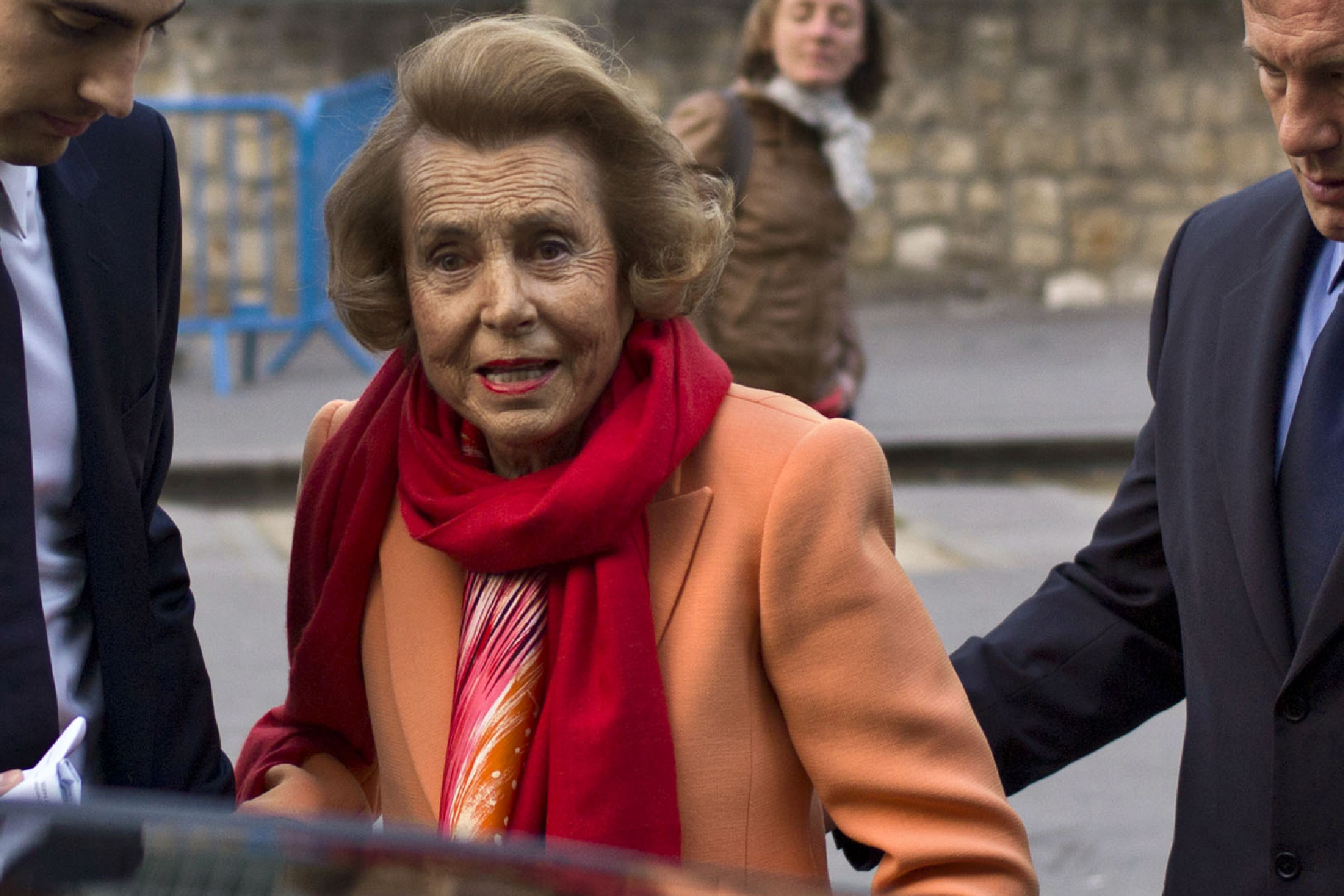
Lived: 1922-present
Nation: France
Peak Wealth/Global GDP: 0.055%
If you’ve ever bought lotion at the Body Shop or applied Maybelline lipstick before leaving the house, you’ve contributed to the fortune of this L’Oreal heiress, whose wealth peaked at $40.7 billion in 2015. She’s now a principal shareholder in the cosmetics company founded by her father in 1907. Under her control, L’Oreal has acquired other brands, such as Lancome in 1964, as well as blockbuster products like the fragrance “Polo” by Ralph Lauren in 1985. Shares of the public company, first listed in 1963, have been falling for several months in part because of a slowdown in demand from struggling Asian and Latin American markets. Bettencourt, who suffers from dementia, is no longer involved in the day-to-day management of the company. She was replaced by her grandson on the company’s board in 2012.
4. Yang Huiyan

Lived: 1981-present
Nation: China
Peak Wealth/Global GDP: 0.025%
Many people were hit hard by the economic recession in 2007, but few so dramatically as Yang Huiyan. The Chinese heiress started off with a $16.2 billion fortune from her father, Yang Guoqiang, founder of property developer Country Garden. Following the financial crisis, her net worth plummeted; she’s now worth $5.2 billion. Huiyan has been involved in the the family business since she was a teenager, when she reportedly tagged along to board meetings with her father. She now serves as vice chairman of the board of governance and helped raise $410 million selling new shares in 2014.
3. Susanne Klatten
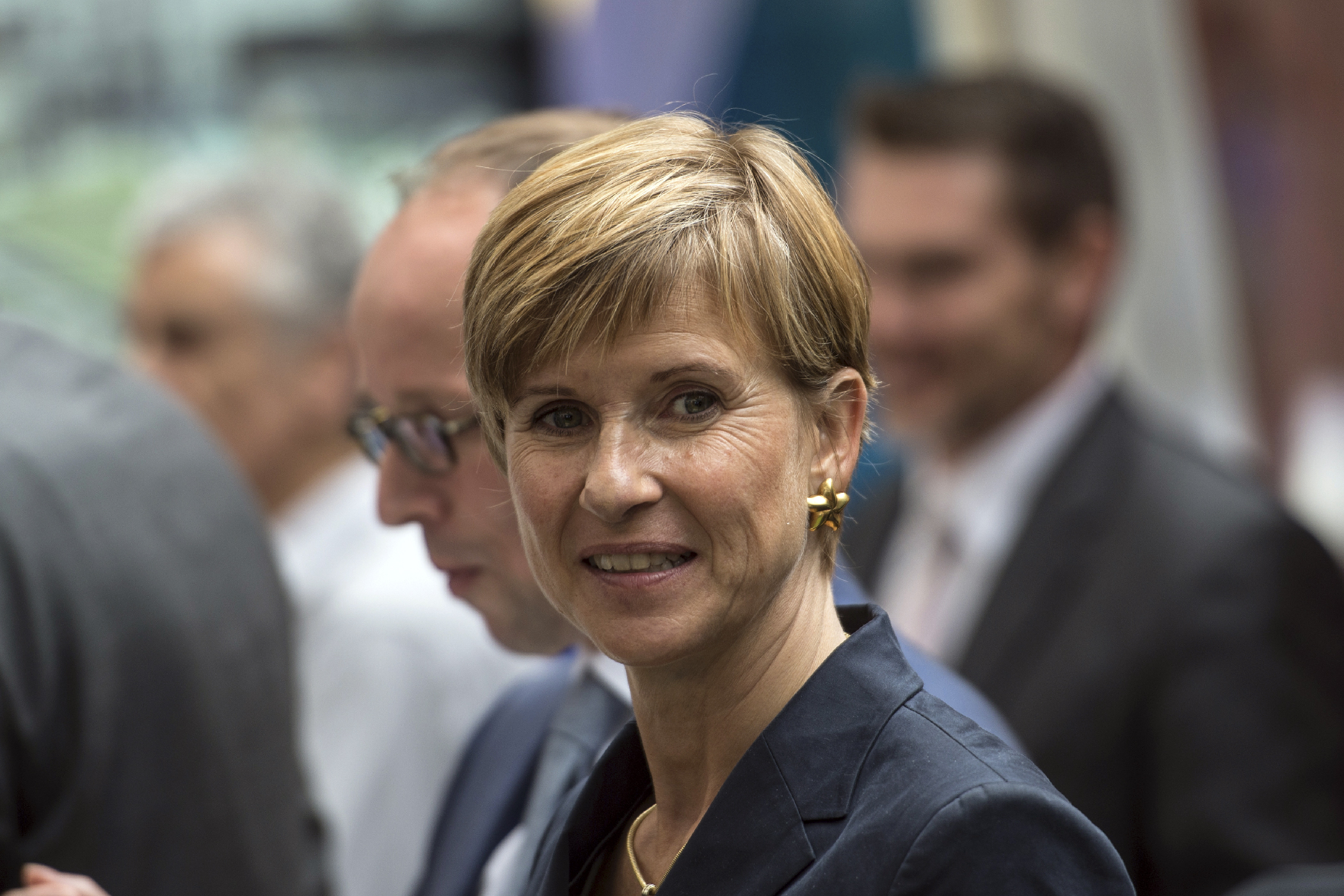
Lived: 1962-present
Nation: Germany
Peak Wealth/Global GDP: 0.024%
Germany’s richest woman derived most of her $17.4 billion fortune from one of the country’s most lucrative brands: BMW. Klatten inherited a 12.6% stake in the luxury automaker from her late father, Herbert Quandt. Klatten also invests in multiple business ventures, from pharmaceutical companies (she owns 100% of Altana AG, which has about $2 billion in annual sales) to wind power and water tech businesses. Along with her late mother, Johanna Quandt, and brother Stefan, Klatten came under fire in 2013 for making a controversial donation of nearly $1 million to chancellor Angela Merkel’s conservative party. The family’s burst of generosity coincided with the German government’s decision to lobby against fuel emissions standards, the Wall Street Journal reported.
2. Anne Cox Chambers
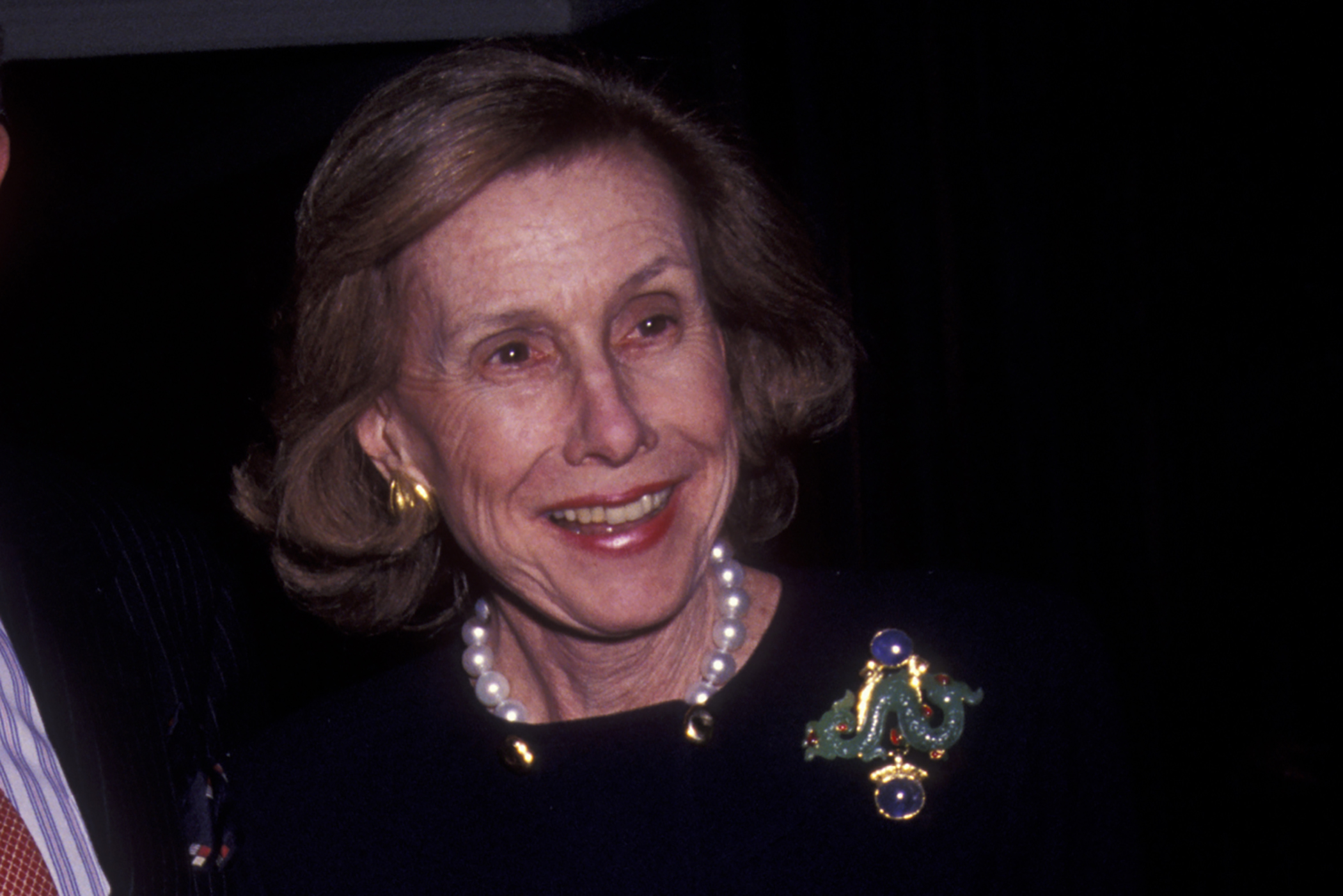
Lived: 1919-present
Nation: United States
Peak Wealth/Global GDP: 0.021%
Cox Chambers had a stint as an ambassador to Belgium and received France’s Commander of Legion of Honor title in 2009, but her major claim to fame is as a media mogul. The Georgia resident’s fortune comes from her stake in her late father’s Cox Enterprises, which owns news outlets such as the Atlanta Journal-Constitution and the Palm Beach Post. But most of its revenue comes from its telecommunications division, holding one of the nation’s largest cable television providers. Cox Chambers has served as a member of Cox Enterprise’s board of directors and chair of Atlanta Newspapers. In November 2015, the now-96-year-old businesswoman stepped down from the board, distributing her stake—amounting to a fortune of $15.3 billion—to her three heirs.
1. Charlene de Carvalho-Heineken

Lived: 1954-present
Nation: Netherlands
Peak Wealth/Global GDP: 0.017%
Every time you crack open a Heineken, you’re adding to the fortune of this Dutch brewery tycoon, whose wealth peaked at $12.7 billion in 2016. De Carvalho-Heineken is the only child of Freddy Heineken, who served as CEO of the world’s third-largest brewer from 1971 to 1989. She inherited her 25% stake in Heineken International when her father died in 2002. Without any formal business education, de Carvalho-Heineken was a driving force behind the selection of the company’s current CEO, Jean-Francois van Boxmeer. He’s overseen $30 billion in brewery acquisitions since he took the helm.
More Must-Reads From TIME
- The 100 Most Influential People of 2024
- The Revolution of Yulia Navalnaya
- 6 Compliments That Land Every Time
- What's the Deal With the Bitcoin Halving?
- If You're Dating Right Now , You're Brave: Column
- The AI That Could Heal a Divided Internet
- Fallout Is a Brilliant Model for the Future of Video Game Adaptations
- Want Weekly Recs on What to Watch, Read, and More? Sign Up for Worth Your Time
Contact us at letters@time.com